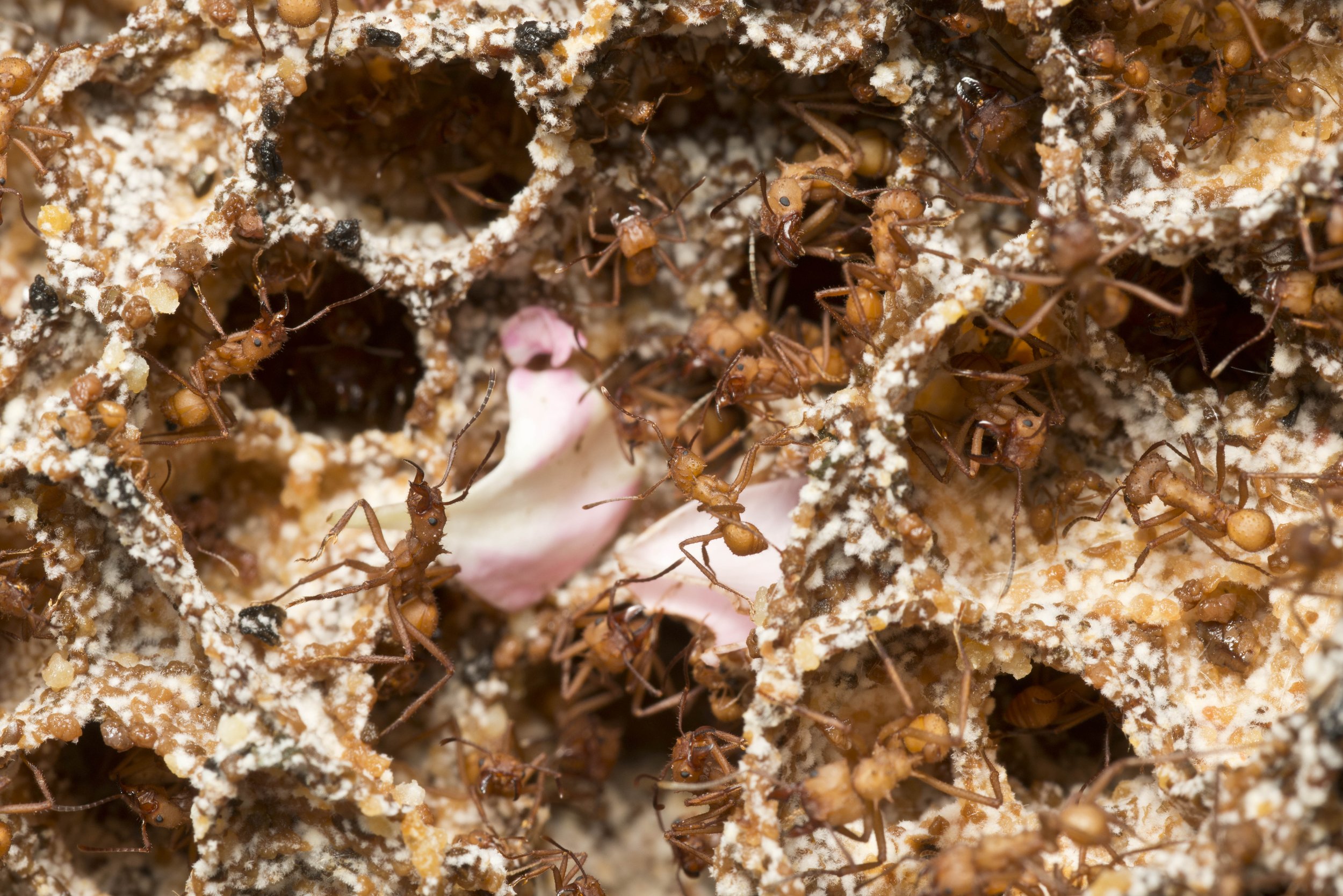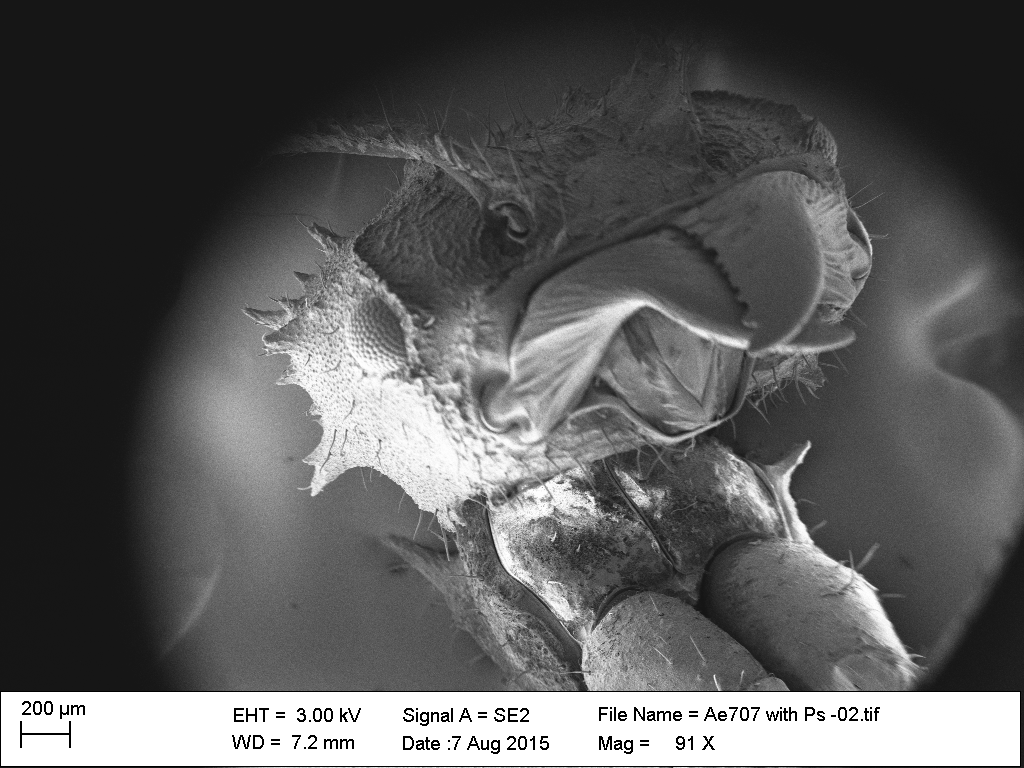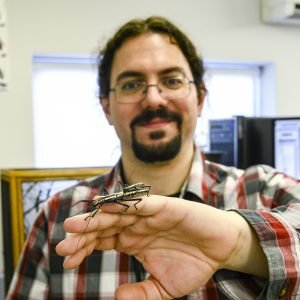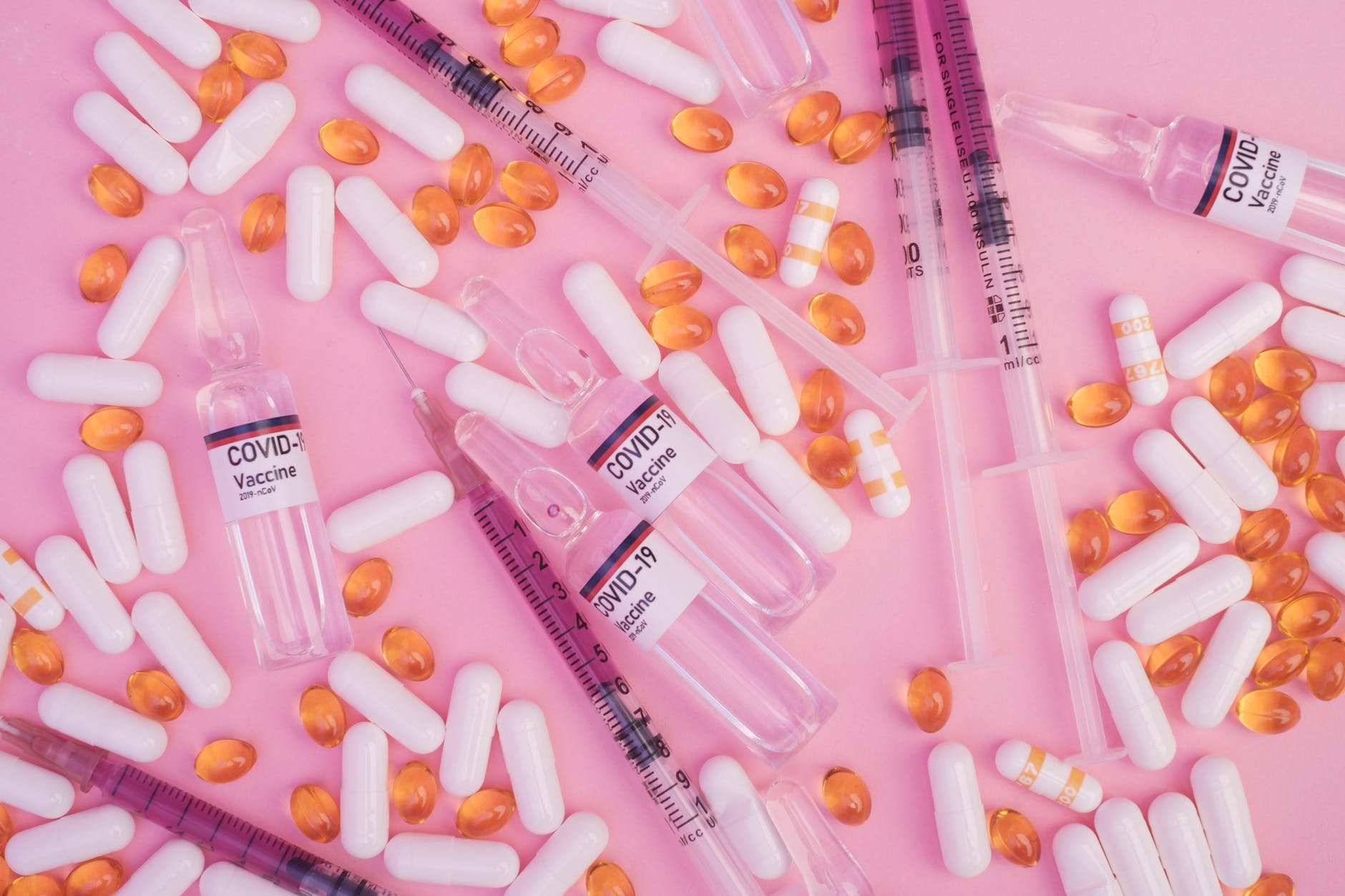Putting the Ant into Antibiotics



Scientists at the John Innes Centre (JIC) in Norwich, United Kingdom are turning to a range of ants in the search for new antibiotics. Though humans have been using antibiotics for nearly a century, we are now facing the problem of antimicrobial resistance, where the bacteria that cause diseases in our body have become resistant to antibiotics.
Ants have been using antibiotics in their fight against pathogens for a much longer time. Scientists believe that investigating the chemical ecology of the ant colonies, and the microbes produced by them can help us tackle the crisis of antimicrobial resistance. This exhibit contained an essay by Adrian Galvin on the work done in this field by Barrie Wilkinson, Matt Hutchings and Victor Soria-Carrasco at JIC. We also had photographs of the ants and the microbes produced by them, as well as a live-stream of the ants courtesy of the JIC.
About the Contributors
Adrian Galvin is the Communications and Media Manager at the John Innes Centre (JIC). He is responsible for the Communications planning, managing media output for JIC and The Sainsbury Laboratory. He spends his time dealing with public affairs and building relationships with local, national and international media organisations.
Barrie Wilkinson researches the discovery and biosynthesis of microbial natural products at the John Innes Centre. He is particularly interested in identifying new compounds with antibiotic and antifungal properties, and in characterising the biosynthetic pathways and biochemical mechanisms by which they are made. Barrie’s research involves investigating the targets for these compounds and elucidating their mode of action.
Matt Hutchings’ group at the John Innes Centre works on the specialised metabolites made by Streptomyces species and closely related actinomycete bacteria, which include more than half of all known antibiotics. They are particularly interested in the chemical ecology of these bacteria and their natural products.
Victor Soria-Carrasco is the Head of the Entomology and Insectary Facility at the John Innes Centre. He aims to expand the capacities of this facility by using genomic approaches to assist with the diagnose and tracking of population dynamics of pests and pest-associated plant pathogens, the genetic mapping of relevant invertebrate traits, and the eventual development of new pest and plant pathogen control methods using evolutionary approaches and gene editing tools.



















